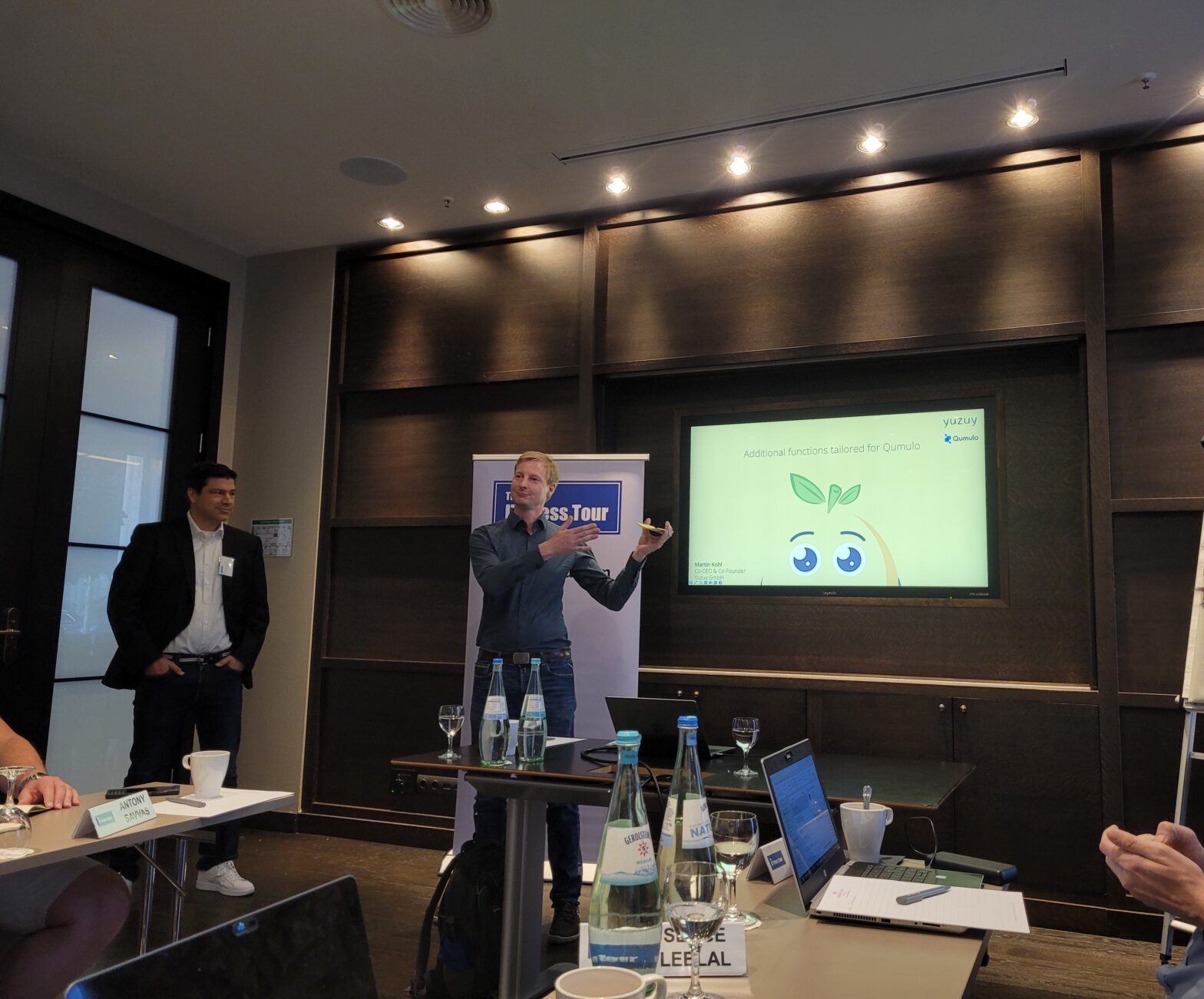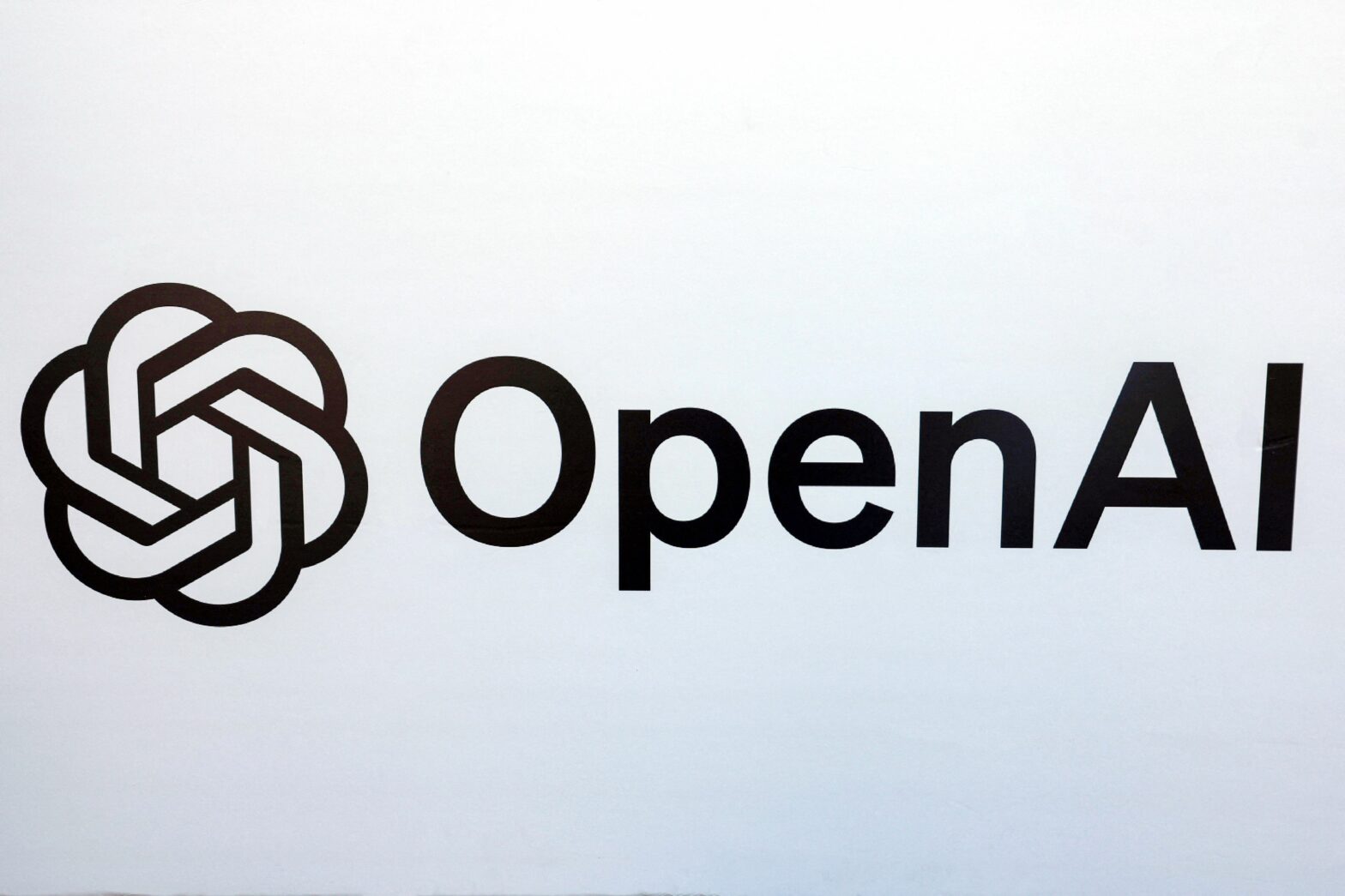Historically, data centre costs have been closely linked to demand: the more computing power needed by the business, the higher the investment in servers and the higher the investment in specialist real-estate for housing those servers. While that basic relationship still holds, developments in technology are beginning to distort that calculation.
As businesses have embarked on a programme of server consolidation, many have crammed more and more equipment into tighter spaces and, more recently, been drawn to even denser configurations such as blade servers that share power, network cards and cooling systems. While this has allowed managers to claw back space, racks crammed to capacity can cause large-scale power and cooling issues.
The size and density of server racks varies, but typically a large system is capable of consuming as much as 24 kilowatts of power. The heat that generates has to be removed somehow for the systems to run optimally. However, as one data centre manager at a large consultancy firm explained, many existing data centres cannot cope with those demands. "Data centres are all built for a different kind of specification; we can't cope with miniaturisation." Typically, data centres have been designed to house several large servers or mainframes – not rows and rows of racks pumping heat in all directions. The required data centre layout, efficient airflows, cooling fans and ducts does not come cheap.
Companies also now struggle to get enough electricity to power modern racks and cooling equipment, restricting the location of many data centres. "The power limitations are a real issue. It needs discussing at a government level if we are to get action on providing essential business infrastructure," said the data centre manager of a payment processing company.
One way round such a situation is to sign up to use shared, purpose-built infrastructure provided by co-location companies. The main issue organisations have with that is the charging model – some charge per square foot of floor-space used – and that does not always fit with the customer's architecture.
However, as the cost and risk associated with running data centres have risen, so too have their prominence on the boardroom agenda. That alone will force companies seek better solutions to these issues – whether internally or through outside help.
|
|||









